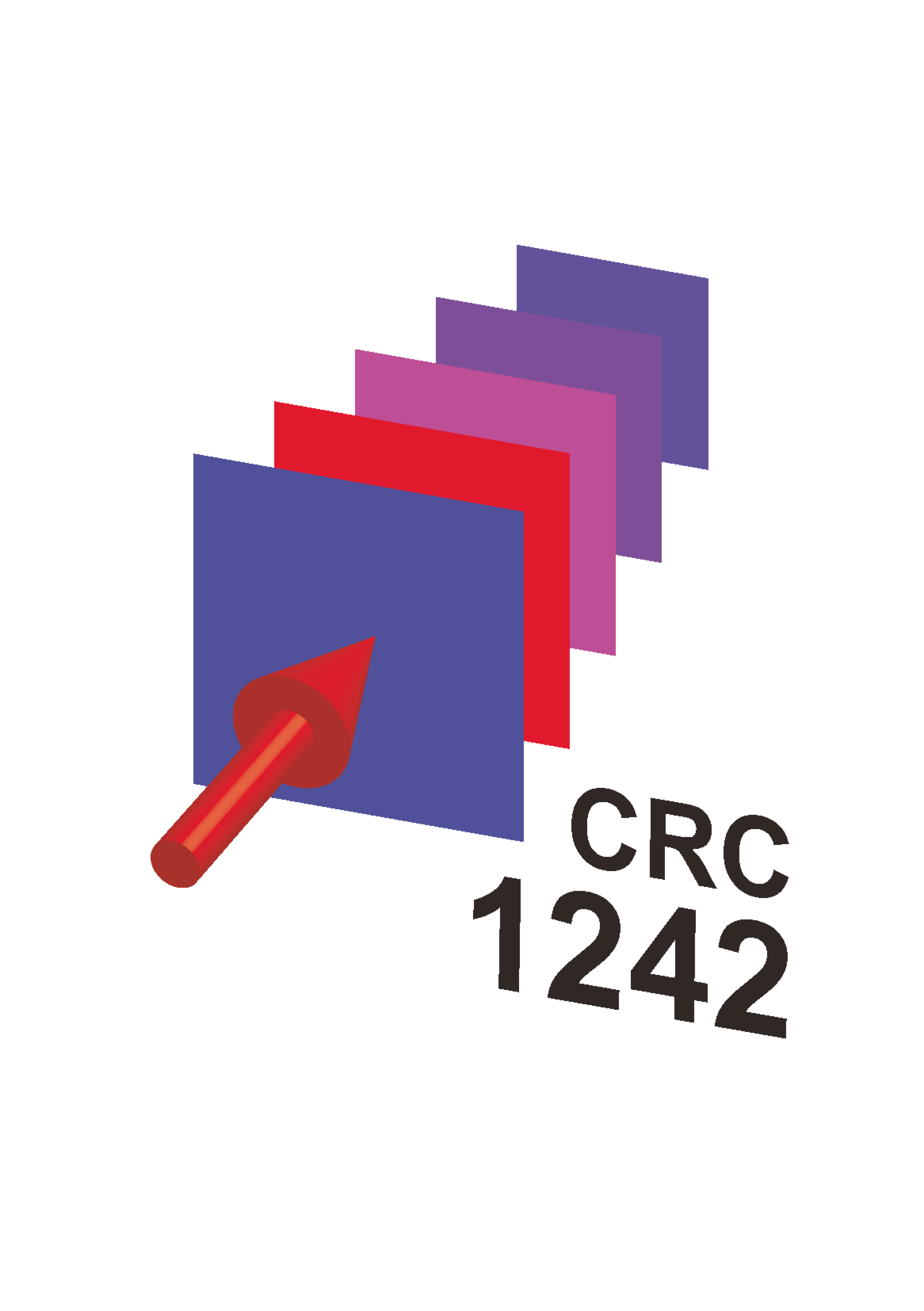Open positions of CRC 1242
You will be a key player in one of the scientific projects of the CRC 1242 and will do research in a highly cooperative and excellent scientific environment. We provide you with research experience in an international context and ensure that you develop scientific independence and the skills to work successfully in a team. In addition, the Integrated Research Training Group (IRTG) will help you to develop the skills necessary for a future career in academics or industry.
Since several types of activities organised by the graduates among themselves act as catalysts for team building, participation in these also will allow you to develop and test your self-reliance. Moreover, the IRTG supports a one-month exchange visit to a partner laboratory abroad during the course of your PhD work.
What we expect
Aside from excellent performance in your studies, we anticipate that you have a great enthusiasm for science and a keen interest in attaining research goals. Furthermore, we expect your participation in the joint organisation of the IRTG and its activities, such as workshops, training courses and presentations
How to apply
Send your application form and your CV to Prof. Jürgen König. Qualified Master of Science or comparable degree (i.e. 4 years of studies) required.
Salaries are according to the TV-L scale up to 75% of level E13.
Description
Van der Waals heterojunctions, particularly the interface between transition metal dichalcogenides (TMDCs) and organic molecular matter, hold the promise of enabling a new generation of transistors, ultrafast photodiodes and photovoltaic cells. Realizing the best version of such devices physics allows requires understanding exactly how electrons move across the junction. Because both the TMDC and organic phases typically stabilize a rich variety of quasiparticles (excitons, trions, etc.), understanding the transfer mechanism requires insight into quasiparticle lifetimes and relaxation mechanisms both within each bulk phase and across the interface. We seek a motivated PhD candidate to investigate non-equilibrium charge transfer in one such system: MoS2/oligo-acene junctions. Conventional characterization of such systems, e.g. transient UV/Vis absorption, faces challenges in disentangling charge carrier dynamics occurring in adjoining bulk phases from those occurring at the interface. To overcome this challenge the envisioned PhD project will employ laser-based, even order, nonlinear optical tools (principally ultrafast time resolved sum frequency spectroscopy and second harmonic microscopy). As we and others have shown in recent work this toolbox allows the possibility quantitatively separating charge carrier dynamics in either bulk phase from that occurring at the interface and thus offers insight into charge transfer mechanism not possible by other means. The position offers access to state-of-the-art facilities, opportunities to present at conferences, and publish in high-impact journals.
Desired skills and experience
- A degree in experimental Physics, Physical Chemistry or a related field is required
- Candidates with a background in photonics, spectroscopy, photovoltaic devices, or ultrafast phenomena – as demonstrated in course work and prior research projects – will be preferred.
- Candidates with demonstrated proficiency in managing and maintaining extensive experimental setups will be preferred.

